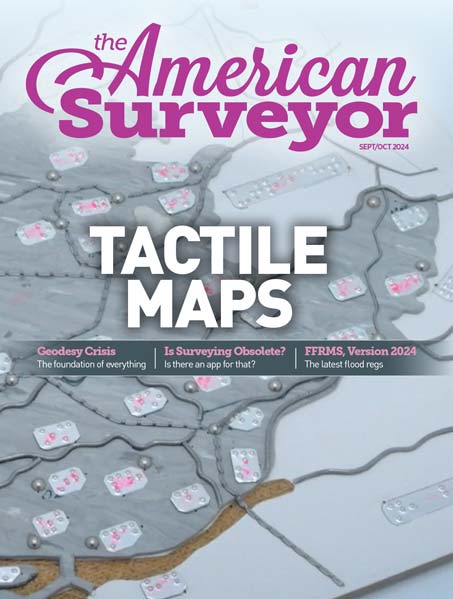"For now, the U.S. economy and nonresidential construction sector appear to be in a holding pattern.” —ABC Chief Economist Anirban Basu.
Summary
Further signaling a lackluster national economy, construction spending – which includes both nonresidential and residential building – decreased 0.9 percent in July, but is up 9.3 percent year over year, according to the Sept. 4 report by the U.S. Census Bureau.
Meantime, nonresidential construction spending fell 0.6 percent in July, with outlays slipping to a seasonally adjusted annual rate of $563.2 billion. Year over year, total nonresidential construction spending is up 5.7 percent.
Private nonresidential construction spending declined 0.9 percent for the month, but remains 11.7 higher than one year ago. Public nonresidential construction spending decreased 0.3 percent for the month and is 0.2 percent lower than the same time last year.
Nonresidential construction subsectors posting the largest monthly decreases in spending include conservation and development, down 3.1 percent; manufacturing, down 2.2 percent; and commercial, down 1.8 percent. Construction subsectors registering the biggest cuts in spending from the same time last year include conservation and development, down 16.3 percent; water supply, down 13.1 percent; religious, down 7.3 percent; and communication, down 4.1 percent.
Only five of sixteen nonresidential construction subsectors posted increases in spending for the month, including transportation, up 1.3 percent; religious, up 1.2 percent; public safety, up 0.7 percent; health care, up 0.4 percent; and office, up 0.2 percent. Nine construction subsectors registered double-digit percentage increases from one year ago, including lodging, up 32.5 percent; power, up 17.7 percent; manufacturing, up 17.7 percent; and transportation, up 13.3 percent.
In contrast, residential construction spending fell 1.6 percent for the month, but remains 17.6 percent higher than the same time last year.
Analysis
“In previous months, there was a well-established pattern of private construction spending gains offset by public construction spending losses,” said Associated Builders and Contractors Chief Economist Anirban Basu. “That pattern is no longer in place.
“In June, private construction slipped nearly 1 percent while public nonresidential construction was down 0.1 percent,” Basu said. “In July, this new pattern persisted, with private nonresidential construction off 0.9 percent and nonresidential public construction off 0.3 percent. In other words, the trend deteriorated.
“There are many explanations for this, including the sharp reduction in the overall rate of economic growth since the final quarter of 2011,” said Basu. “Businesses appear to be more hesitant to push construction projects forward given the nation’s approaching fiscal cliff, the November elections, uncertainty in Europe, higher energy prices, and the slowdown in job growth recorded during much of the summer.
“The good news is much of this uncertainty may dissipate during the next several months, setting the stage for improved private construction spending next year,” Basu said. “For now, the U.S. economy and nonresidential construction sector appear to be in a holding pattern.
“With the economy still expanding and banks appearing a bit more willing to lend, a sharp slowdown in nonresidential construction spending in the near term is improbable, especially if falling off the federal fiscal cliff remains unlikely,” said Basu. “However, the outlook remains roughly flat for private nonresidential construction spending in the United States.”
